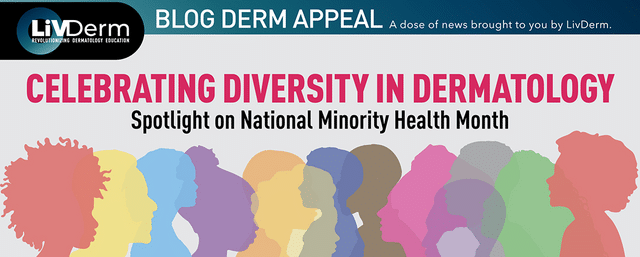Dermavant Sciences recently announced positive results from their phase 4 open-label clinical trial of VTAMA® (tapinarof) cream 1% for the treatment of plaque psoriasis in the head and neck region of adults.

The study, which expands upon data from Dermavant’s previous phase 3 PSOARING 1 and PSOARING 2 studies, evaluated the efficacy of VTAMA cream in 31 participants aged 18 and older with mild, moderate, and severe head and neck plaque psoriasis across eight different sites across the U.S. A total of 58.1% presented with psoriasis of the scalp, 35.5% with psoriasis on the face, and 6.5% with psoriasis on the neck. The patients received VTAMA cream once a day for 12 weeks with a follow-up one week after the completion of the study.
Results demonstrated that 88.5% of adult patients achieved a Physician Global Assessment (tPGA) score of 0 (clear) or 1 (almost clear) and ≥ 2-grade improvement from baseline at Week 12, which was the study’s primary endpoint. Additionally, VTAMA showed rapid onset of efficacy with tPGA Success being achieved as early on as Week 1 for some patients, with the median time being approximately four weeks. This was its secondary endpoint.
According to the press release, several additional endpoints were also noted during the study. This included:
- At Week 12, 80.8% (n=21/26) of adult patients achieved complete clearance of the target lesion (tPGA=0) which was observed as early as Week 1 and with a median time of 8 weeks.
- At Week 12, 96.2% (n=25/26) of patients achieved PASI75 (≥ 75% reduction in PASI of the head and neck region), with achievement observed as early as Week 1.
- The onset of itch relief was apparent as early as Week 1 and increased over time with 70% (n=14/20) of patients achieving a clinically meaningful ≥ 4-point improvement in PP-NRS at Week 12.
- Substantial and clinically meaningful improvement in quality of life, as indicated by a 4-point improvement in DLQI, was achieved as early as Week 1 with further improvement out to Week 12.
- As indicated on the Patient Satisfaction Questionnaire, 93.3% (n=28/30) of subjects strongly agreed or agreed that VTAMA cream was not greasy, 86.7% (n=26/30) of subjects strongly agreed or agreed that VTAMA cream was easy to apply, and 96.7% (n=29/30) of subjects strongly agreed or agreed that VTAMA cream absorbs quickly.
VTAMA was well tolerated and the study did not note any new safety signals. The most common adverse reactions included folliculitis, contact dermatitis, headache, sinusitis, and seborrheic keratosis.
Board-certified dermatologist, G. Michael Lewitt, MD, FAAD, of the Illinois Dermatology Institute states, “Plaque psoriasis is a chronic condition with a significant negative impact on patients’ quality of life. The scalp region, in particular, is one of the most difficult areas to treat. Many currently available treatment options fail to offer sustained long-term relief due to a lack of practical applicability to certain body areas and limitations on the duration of use. The impressive levels of efficacy achieved by VTAMA cream in the open-label trial, where 80% of adult patients achieved complete clearance of the target lesion, is highly encouraging for both patients with plaque psoriasis and their healthcare providers. Importantly, 58% of patients enrolled in the trial had a target plaque psoriasis lesion in the scalp region, and as assessed by both the investigators and the patients in the trial, VTAMA cream demonstrated favorable tolerability even when applied in hair-bearing affected areas; making it a versatile and cosmetically elegant treatment option for plaque psoriasis that can be used anywhere on the affected body areas, including the most sensitive areas as well the scalp, head, and neck areas.”















